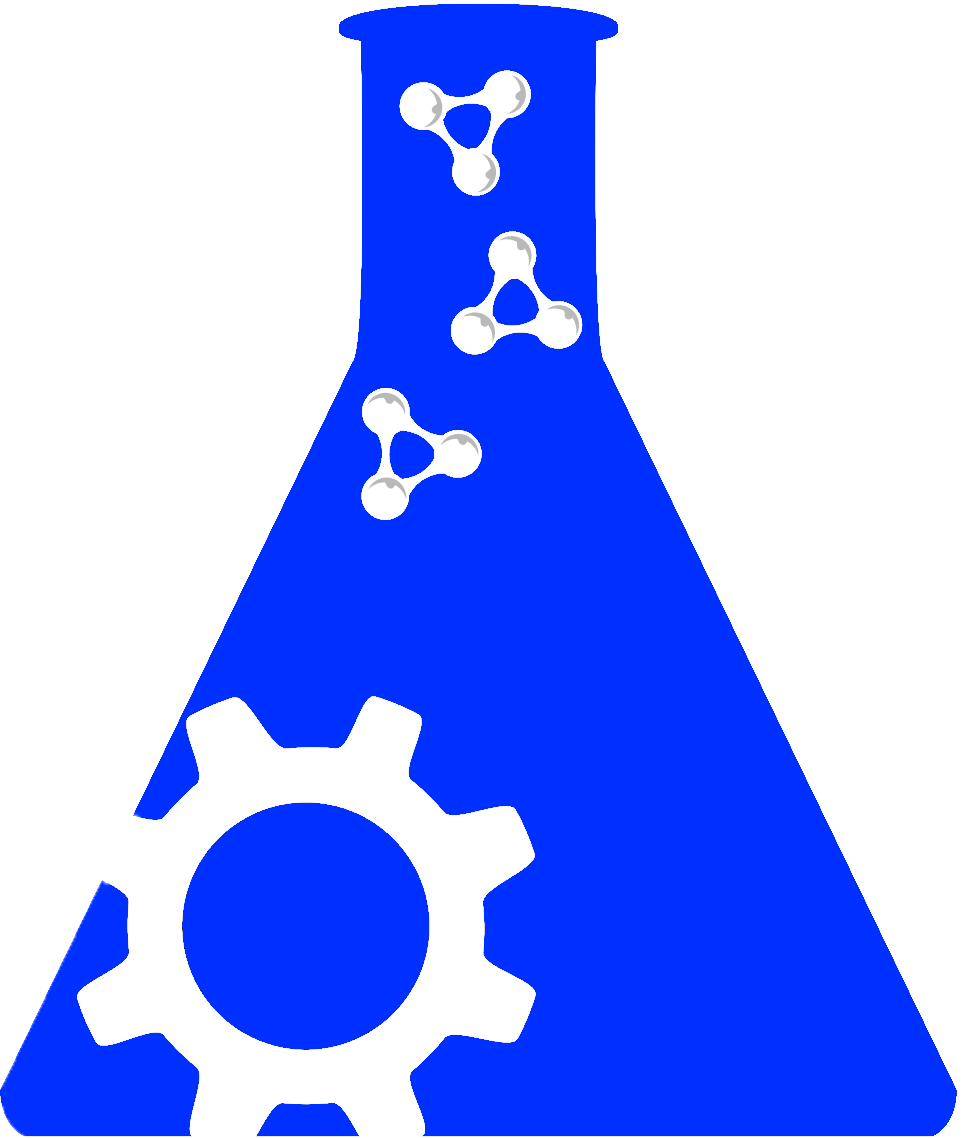Does paranode formation and maintenance require partitioning of neurofascin 155 into lipid rafts? (original) (raw)
Searching across hundreds of databases

Our searching services are busy right now. Please try again later
X
Forgot Password
If you have forgotten your password you can enter your email here and get a temporary password sent to your email.
X
Forgot Password
If you have forgotten your password you can enter your email here and get a temporary password sent to your email.
The Journal of neuroscience : the official journal of the Society for Neuroscience | 2004
Paranodal axoglial junctions in myelinated nerve fibers are essential for efficient action potential conduction and ion channel clustering. We show here that, in the mature CNS, a fraction of the oligodendroglial 155 kDa isoform of neurofascin (NF-155), a major constituent of paranodal junctions, has key biochemical characteristics of a lipid raft-associated protein. However, despite its robust expression, NF-155 is detergent soluble before paranodes form and in purified oligodendrocyte cell cultures. Only during its progressive localization to paranodes is NF-155 (1) associated with detergent-insoluble complexes that float at increasingly lower densities of sucrose and (2) retained in situ after detergent treatment. Finally, mutant animals with disrupted paranodal junctions, including those lacking specific myelin lipids, have significantly reduced levels of raft-associated NF-155. Together, these results suggest that trans interactions between oligodendroglial NF-155 and axonal ligands result in cross-linking, stabilization, and formation of paranodal lipid raft assemblies.
Pubmed ID: 15056697 RIS Download
Research resources used in this publication
None found
Additional research tools detected in this publication
None found
Associated grants
- Agency: NINDS NIH HHS, United States
Id: R01 NS038878 - Agency: NINDS NIH HHS, United States
Id: NS44916 - Agency: NINDS NIH HHS, United States
Id: NS10861 - Agency: NINDS NIH HHS, United States
Id: F31 NS010861 - Agency: NINDS NIH HHS, United States
Id: R01 NS010861 - Agency: NINDS NIH HHS, United States
Id: NS41078 - Agency: NINDS NIH HHS, United States
Id: R01 NS041078 - Agency: NINDS NIH HHS, United States
Id: R37 NS044916 - Agency: NINDS NIH HHS, United States
Id: NS38878 - Agency: NINDS NIH HHS, United States
Id: R37 NS038878 - Agency: NINDS NIH HHS, United States
Id: R01 NS044916
